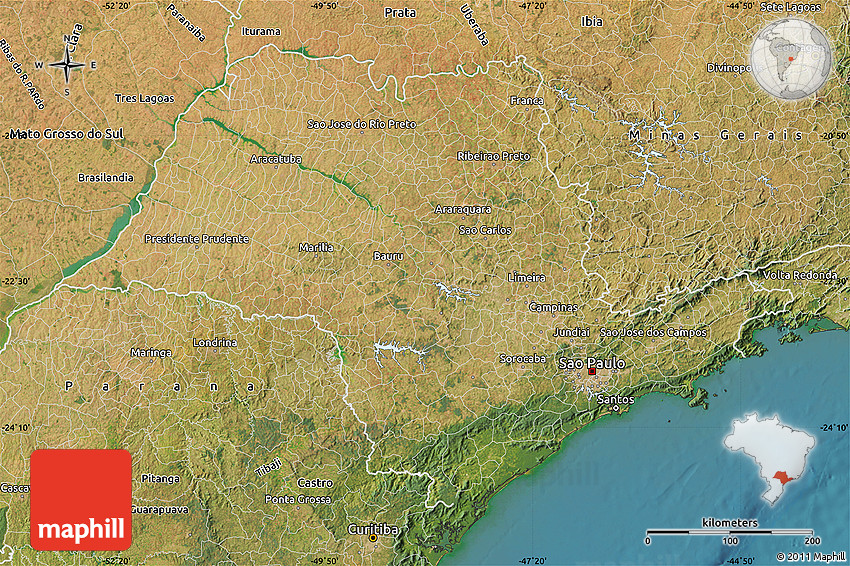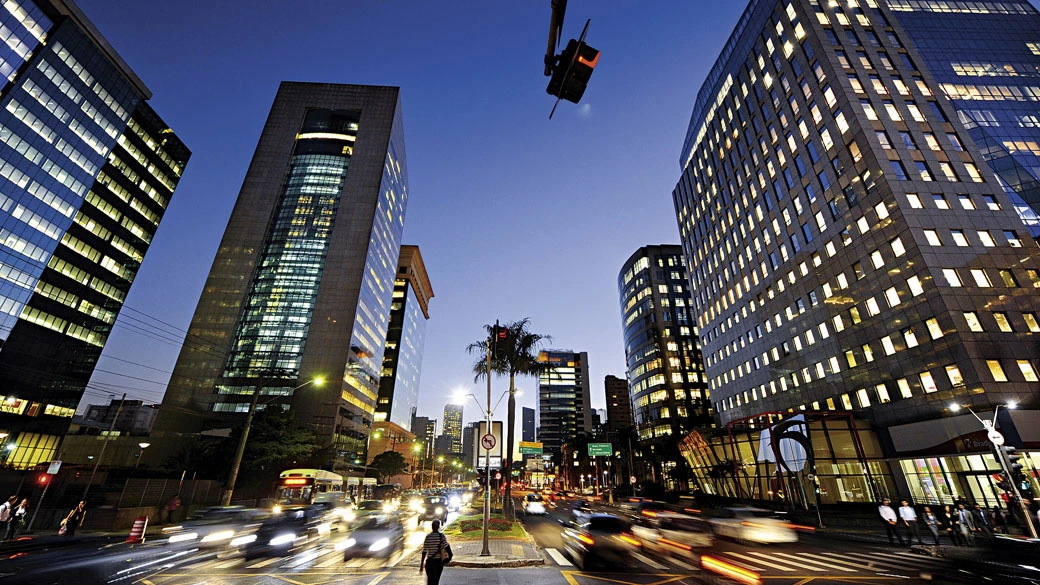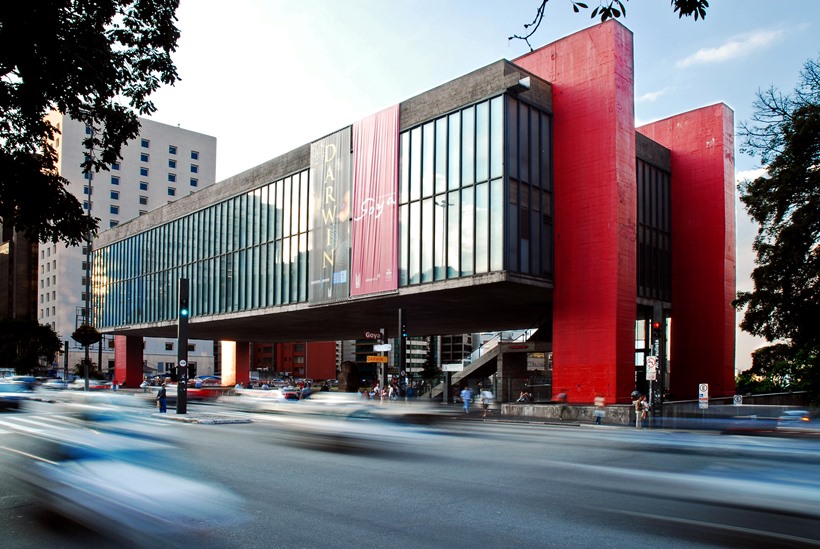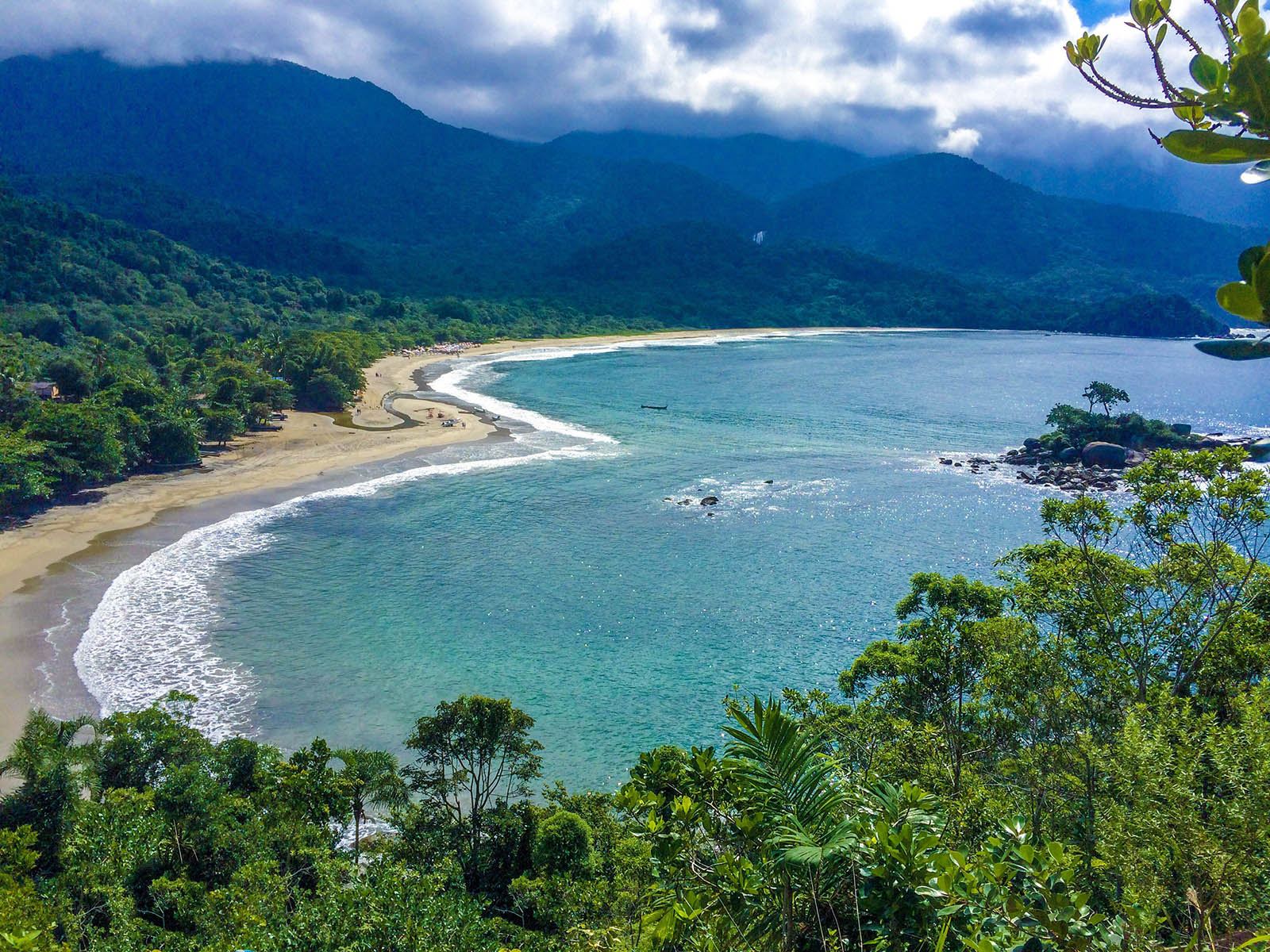São Paulo, the economic powerhouse of Brazil, weaves a captivating tapestry of rich history, diverse culture, and vibrant modernity.
The state, named after the city of São Paulo, the largest in the southern hemisphere, holds a prominent position both nationally and internationally, offering a wealth of experiences that attract tourists from every corner of the globe.
Historically, São Paulo has witnessed pivotal moments that have shaped Brazil’s history.
The Portuguese colonized the state in the sixteenth century and introduced coffee cultivation in the nineteenth century, transforming São Paulo into Brazil’s principal economic center.
With its profound historical significance, São Paulo’s past echoes through the centuries, etching a deep imprint on its identity.

São Paulo is Brazil’s largest state by population, boasting a population of approximately 45 million.
It covers an area of approximately 248,209 square kilometers, making it slightly smaller than the United Kingdom.
The state’s geography is a blend of stunning coastal landscapes, sprawling urban centers, and lush agricultural lands, offering a panorama of breathtaking vistas.
The state’s economy is a cornerstone of its identity. São Paulo contributes a staggering 32% of Brazil’s GDP, equating to an economy larger than Argentina’s.
It’s a hub of industry, agriculture, and services, with numerous multi-national companies headquartered there.
São Paulo’s economy is also comparable to countries such as Poland and Belgium, a testament to its economic prowess.

ECONOMY
The Top 10 economic sectors of the state are:
- Industry: São Paulo is the industrial powerhousee of Brazil, with industries such as automotive, electronics, and textiles significantly contributing to the state’s economy.
- Finance: As the financial hub of Brazil, São Paulo hosts numerous banks, investment firms, and insurance companies. This sector plays a key role in attracting both domestic and international businesses.
- Agriculture: Despite being a largely urban state, agriculture remains a crucial sector with the production of crops like sugarcane, oranges, and coffee.
- Services: This sector, encompassing areas from retail to technology services, generates many jobs and contributes significantly to the state’s GDP.
- Energy: São Paulo is a key player in Brazil’s energy sector, with a focus on bioenergy, oil refining, and gas.
- Retail: São Paulo’s massive consumer market contributes to a vibrant retail sector, with many national and international retailers having their Brazilian headquarters here
- Information Technology: As the technology hub of Brazil, São Paulo’s IT sector plays a pivotal role in innovation and digital transformation, attracting global tech companies to set up their offices.
- Tourism: With its cultural richness and architectural beauty, São Paulo attracts tourists worldwide, significantly boosting the local economy.
- Real Estate: The booming real estate sector, driven by both commercial and residential properties, reflects São Paulo’s growing economy.
- Education: Home to many renowned universities and research institutions, the education sector in São Paulo helps to drive innovation and provide a skilled workforce for the state’s other economic sectors.
CULTURE
The state’s cultural tapestry is largely due to waves of immigration from Italy, Japan, Lebanon, and other countries.
This multicultural heritage reflects in the state’s cuisine, arts, and festivals, lending São Paulo a unique character that captivates locals and tourists alike.

Here are the top 10 cultural events and spots in the state:
- São Paulo Art Biennial: This is one of the leading contemporary art events in Latin America, showcasing the works of both Brazilian and international artists.
- São Paulo Fashion Week: This event brings together top designers and models, showcasing the latest trends in the fashion industry.
- Museum of Art São Paulo (MASP): This cultural hub is known for its impressive collection of Western art, considered the largest in Latin America.
- Carnaval in São Paulo: This vibrant event is a cultural highlight, featuring Samba schools parading through the Sambódromo.
- Theatro Municipal: This beautifully restored 20th-century opera house hosts a variety of performances, including ballet, classical music, and more.
- Pinacoteca: One of Brazil’s most important art museums, it houses an extensive collection of Brazilian art.
- Virada Cultural: A 24-hour cultural marathon with concerts, performances, and exhibitions spread across the city.
- Museum of the Portuguese Language: Recently reopened, this museum offers a deep dive into the history and evolution of the Portuguese language.
- Ibirapuera Park: Often called São Paulo’s version of Central Park, it’s home to several important cultural institutions and a popular spot for outdoor events.
- Sala São Paulo: Housed in the historic Julio Prestes Train Station, it is home to the São Paulo State Symphony Orchestra and known for its stunning acoustics.
TOURISM
Tourism plays a significant role in São Paulo’s economy.
Top touristic destinations include the city of São Paulo, known for its museums, nightlife and gastronomy, the coastal city of Santos, Campos do Jordão in the mountains, and the waterfalls in the Ribeira Valley.
The state primarily attracts tourists from the United States, Argentina, Chile, and European countries.

The Top 10 tourist destinations in São Paulo state are:
- São Paulo City: This cosmopolitan city is the cultural and financial heart of Brazil filled with fantastic restaurants, vibrant nightlife, and an impressive collection of art at São Paulo Art Museum.
- Santos: Known for its expansive beautiful beach, Santos also boasts a coffee museum and a picturesque old town.
- Campinas: A hub for science and technology, Campinas is also home to an array of parks and museums, offering a mix of urban and natural attractions.
- Brotas: This city is popular for eco-tourism, with many opportunities for hiking, rafting, and exploring waterfalls.
- Aparecida: Aparecida is a renowned religious destination, hosting the second-largest Catholic basilica in the world.
- Ilhabela: Ilhabela is a tropical paradise with stunning beaches, beautiful waterfalls, and thrilling hiking trails.
- Guarujá: Known as the “Pearl of the Atlantic”, Guarujá is famous for its beautiful beaches and vibrant nightlife.
- Ubatuba: Ubatuba offers more than 70 beaches and a host of outdoor activities, from surfing to bird-watching.
- Ribeirão Preto: This city is known for its historical buildings, beautiful parks, and a buzzing beer scene.
- São José dos Campos: Home to the Brazilian Aerospace Institute, the city also offers numerous parks and a bustling market.
Each of these destinations is unique, offering a slice of São Paulo state’s diverse culture, natural beauty, historical richness, and urban charm.
São Paulo’s economic significance extends beyond its borders.
Its industries fuel Brazil’s economy, ports are pivotal for trade, and financial markets dictate the country’s economic trends.
Politically, São Paulo has produced numerous Presidents and has always been a significant player in shaping national policies.

Despite its urban charm and economic strength, São Paulo also boasts a rich agricultural tradition, with specialties including coffee, sugar cane, and oranges.
The state’s gastronomy is a culinary journey, with dishes like virado à paulista and bauru sandwich showcasing the region’s agricultural wealth and multicultural heritage.
AGRICULTURE
The Top 10 agricultural products of the São Paulo state are:
- Sugar Cane: São Paulo is Brazil’s largest sugar cane producer, which is used to produce sugar and ethanol.
- Oranges: São Paulo dominates the production of oranges in Brazil and is the world’s largest exporter of orange juice.
- Coffee: Historically, São Paulo was one of the main coffee-producing areas. Today, it remains a significant contributor to Brazil’s coffee production.
- Soybeans: Soybeans are a major cash crop in São Paulo, contributing to the state’s agricultural exports.
- Corn: São Paulo is a significant producer of corn used for human consumption and as feed for the state’s livestock industry.
- Cotton: The state is known for producing high-quality cotton that is used in the textile industry.
- Bananas: São Paulo produces a significant amount of bananas, particularly in the Vale do Ribeira region.
- Tomatoes: São Paulo is a leading producer of tomatoes for direct consumption and processing into sauces and pastes.
- Peanuts: The state is a significant producer of peanuts, especially in the regions of Marília and Tupã.
- Rice: While not the largest producer in Brazil, São Paulo contributes significantly to the country’s overall rice production.
Looking to the future, São Paulo continues to solidify its position as Brazil’s economic and cultural hub.
With strategic investments in technology, education, and infrastructure, it is poised for further growth, ensuring that the state remains an essential player in Brazil’s story.
In conclusion, São Paulo is not just a state within Brazil – it is a microcosm of the nation, encapsulating its history, economic strength, multiculturalism, and potential.
The state’s future, undoubtedly, holds promise for continued growth and prosperity, contributing to Brazil’s socio-economic development.

